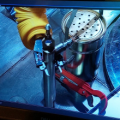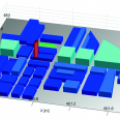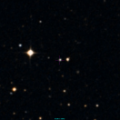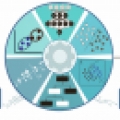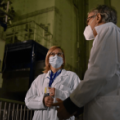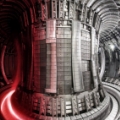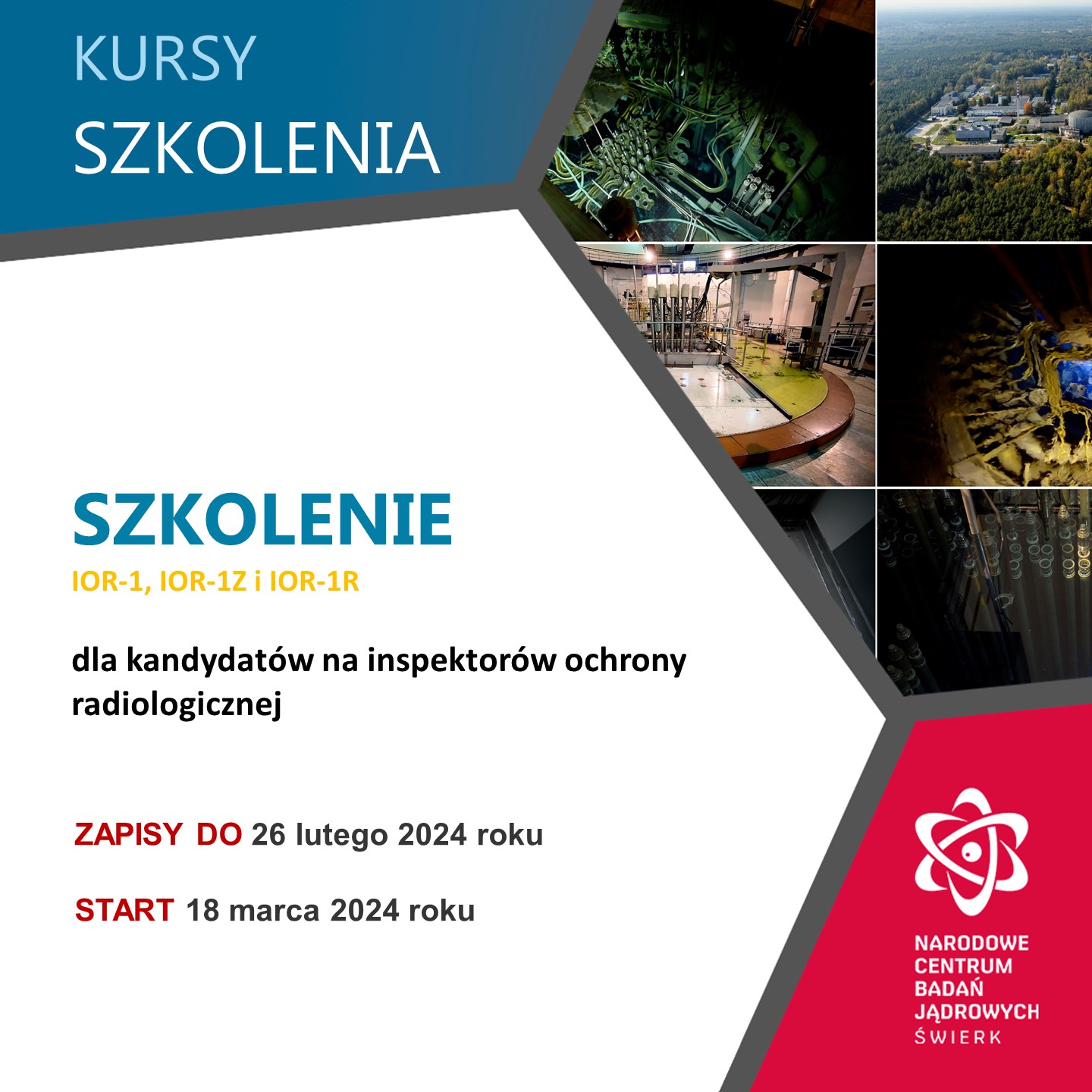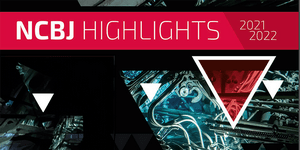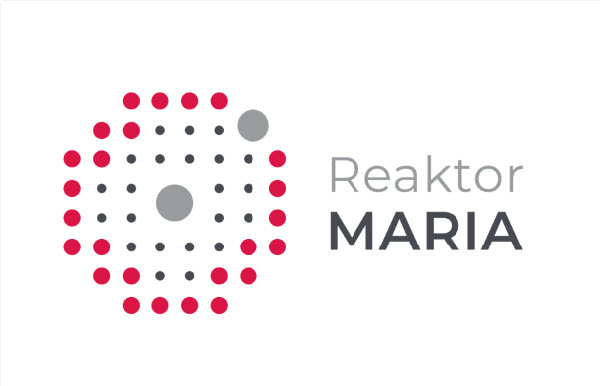The success of irradiation of materials in the ISHTAR capsule at the MARIA reactor
2022.03.10 - Piotr Spinalski
The works carried out by the MARIA reactor team, related to the study of construction materials for the fourth generation helium-cooled reactors, have been successfully completed. The ISHTAR (Irradiation System for High-Temperature Reactors) capsule has been taken out of the reactor core, and the irradiated samples inside have been submitted for further study.
----
Scientists train artificial neural networks to detect real-time releases of toxins
2022.03.08 - Piotr Spinalski
When a release of hazardous substances is detected, it is most important to locate the source quickly and precisely and predict the direction of further spread. Instead of computationally demanding dispersion models, models based on Artificial Neural Networks can help. This will allow the contamination to be monitored in real time. Scientists from NCBJ are participating in the study of the possibility of using such models.
----
The history of the quasar HE 0435-5304 – the distance matters!
2022.03.03 - Piotr Spinalski
Publicly available data is not too popular among scientific breakthrough seekers. Usually they were extensively researched and there is nothing more to discover. However, there are exceptions, such as the quasar HE 0435-5304, which sounds boring by name.
----
Scientists from the NOMATEN Center of Excellence at NCBJ show how to link the structure of materials with their properties thanks to the tools of materials informatics
2022.02.28 - Piotr Spinalski
The Materials Structure, Informatics and Function (MASIF) group at NOMATEN deals with the search for relationships between the structure of materials and their properties. The data obtained in an experimental way or generated in various simulations are processed using materials informatics. The work of the group at NOMATEN is led by Ph.D. Stefanos Papanikolaou.
----
Two new BIS Sonatas in the Department of Theoretical Physics
2022.02.28 - Marek Pawłowski
Two scientists from NCBJ received grants from the National Science Center in the next, 11th Sonata BIS competition. Sebastian Trojanowski, Ph.D. presented a project entitled „Investigation of light particles in the dark sector of the Universe”. The second awarded project was submitted by Ph.D. Andrzej Hryczuk. It is entitled „Dark Matter and Baryogenesis in Multicomponent Dark Sectors and Extended Cosmological Models”.
----
Meeting of the Minister of Climate and Environment Anna Moskwa with the NCBJ Director, Prof. Ph.D. Eng. Krzysztof Kurek
2022.02.18 - Piotr Spinalski
During the meeting, which took place on Thursday, February 17 at the National Center for Nuclear Research, Minister of Climate and Environment Anna Moskwa and NCBJ Director Prof. Ph.D. Eng. Krzysztof Kurek raised many topics related to the functioning and development of NCBJ, including extension of the license to operate the MARIA reactor, large CERAD and PolFEL projects and the status of nuclear institutes in the light of the development of nuclear energy in Poland.
----
The POLATOM Radioisotope Center delivers radiopharmaceuticals to patients in a more secure way thanks to the status of a Known Consignor
2022.02.18 - Piotr Spinalski
A large part of the radiopharmaceuticals produced by OR POLATOM is shipped to recipients around the world by air. Obtaining the certificate of a Known Consignor is a proof of recognition of internal safety procedures and ensures that the preparations will reach patients faster and in a safer way.
----
KEK, UTokyo and NCBJ Sign MoU to Promote Hyper-Kamiokande Project
2022.02.11 - Marek Pawłowski
NCBJ, High Energy Accelerator Research Organization (KEK) and The University of Tokyo ( UTokyo) signed a memorandum of understanding (MoU) until the end of January in 2022, which aimed to promote the Hyper-Kamiokande international scientific research project. The Polish consortium of the project included nine institutions. An electron accelerator for beam calibration (NCBJ) and light detectors (PW and CAMK) will be built in Poland.
----
JET: a record fusion energy of deuterium and tritium
2022.02.09 - Marek Pawłowski
An international team of scientists working on the largest working JET tokamak (Oxford, UK) reported a record energy of 59 MJ achieved during a deuterium-tritium fusion lasting 5 seconds. NCBJ researchers contributed to the JET program through detector upgrades and plasma analysis. In Świerk, research is also carried out on materials that may be used in thermonuclear installations.
----





